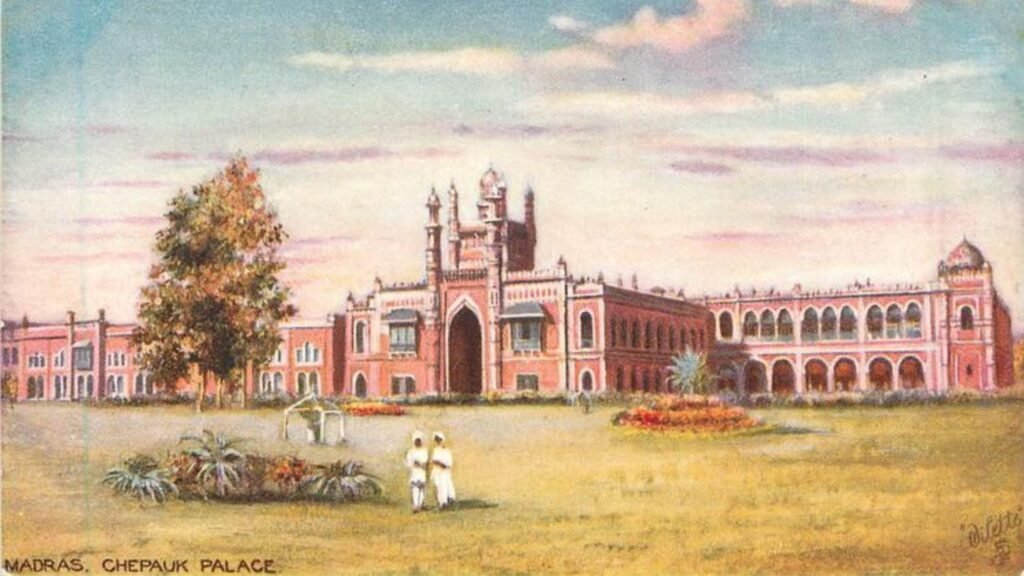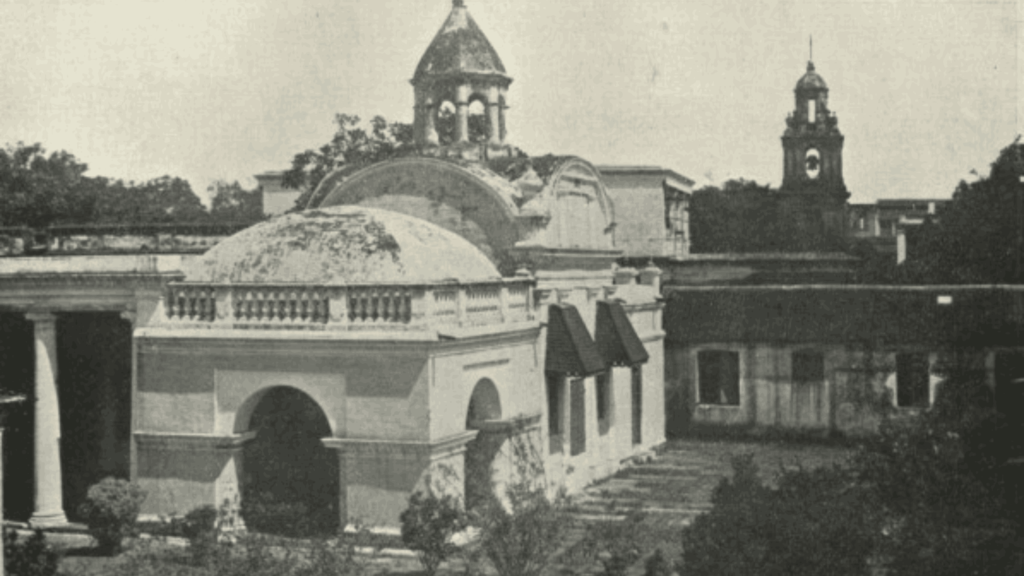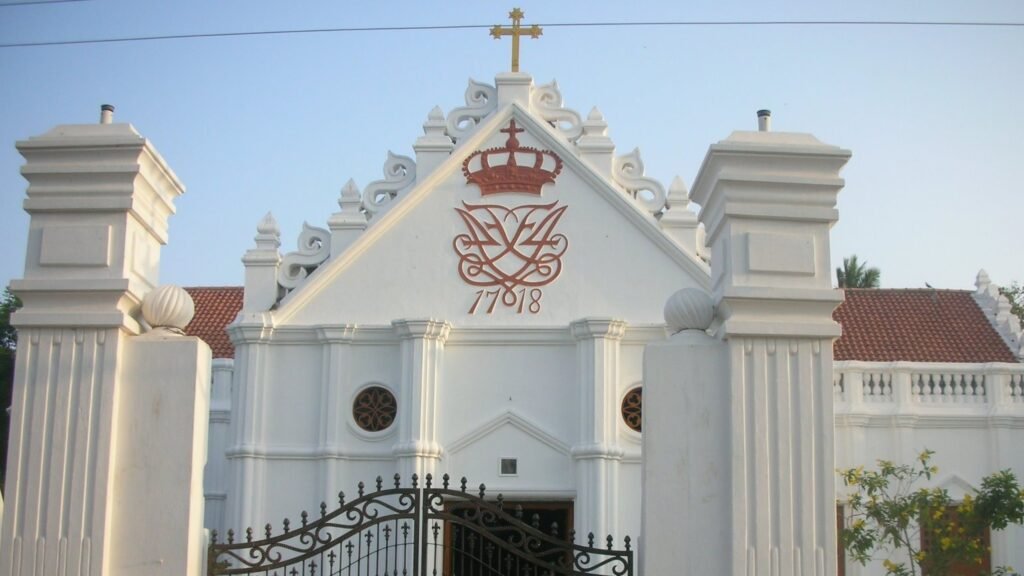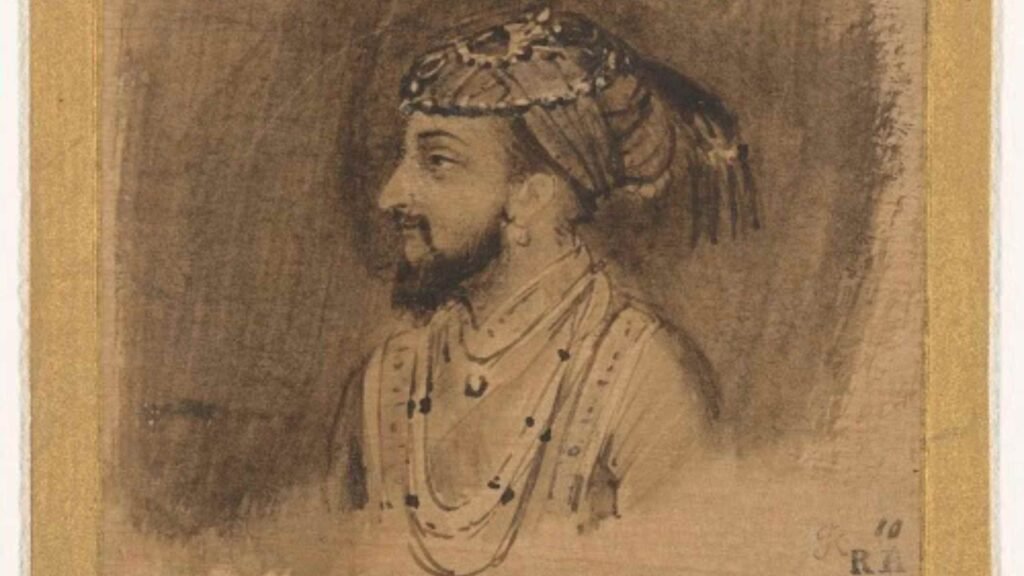Everyone knows that Madras was the old name of Chennai, but have you ever heard of a place called ‘Sadras’? Today it is an obscure town, but 400 years ago, it was a very different place.
Sadras is midway between Madras and Pondicherry on the very same coast. In the 17th and 18th centuries its claim to fame was precisely that – it was a Dutch colony, smack in the middle of a prosperous trade zone between British Madras and French Pondicherry.
Formed in 1602, the Vereenigde Oostindische Compagnie or the VOC, commonly known as the Dutch East India Company was much more than just a trading company. It was a commercial-military conglomerate. Apart from carrying out trade, it was also empowered to negotiate treaties with Asian rulers, wage war, colonise, make laws, convict and execute prisoners, mint coins, and much more! It was the world’s FIRST multinational mega corporation.
The VOC’s first Indian trading station was at Masulipatnam in 1605, from where they traded extensively in textiles.
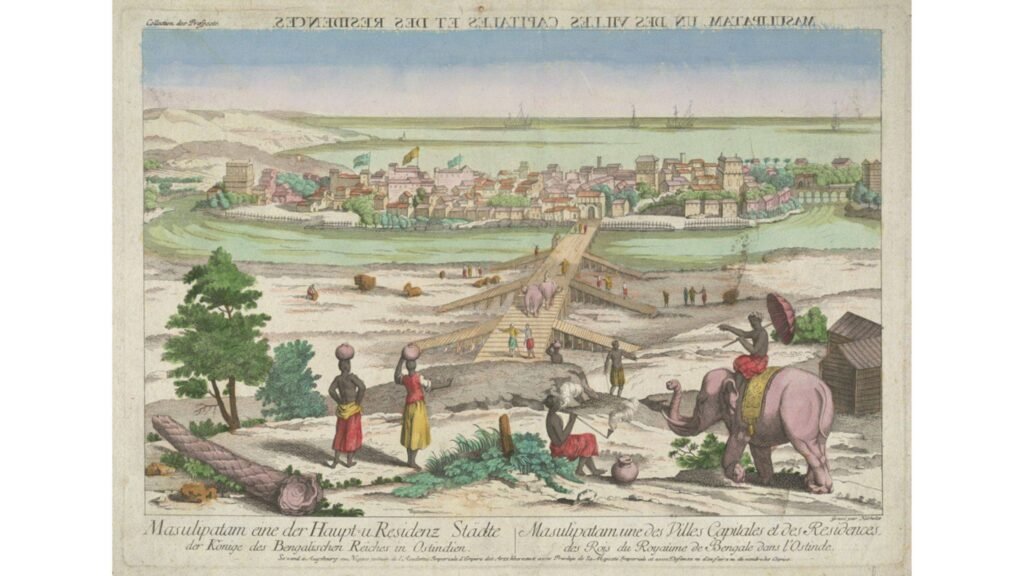
The story of Fort Sadras began about 111 km to its north, on the shores of Pulicat lake. Here, in 1606, a Dutch ship drifted in from the sea, and got stuck on the shores of Karimanal village. The sailors were tired and thirsty. A request for water advanced into a trade deal between the Dutch and the Vijayanagara Empire. But they were not the first foreigners on India’s southeastern Coromandel Coast. The Portuguese had arrived here almost a 100 years earlier in 1502 and built a trading outpost. They were, understandably, not very happy about the new competition. Eventually, the Dutch managed to push them out of Pulicat and established a colony.
By 1612, the Dutch had expanded their territory to a town called Sadurangapattinam, and established weavers’ colony, known for producing high-quality cotton. There was also a good deal of trade in pearls, edible oil and bricks. Seeing a business opportunity, the Dutch laid claim to it by building a fort. The name Sadurangapattinam was quite a mouthful for even the locals, who had shortened it to Sadirai. That too was tough on the Dutch tongue, so they called it Sadras!
By 1654 the fort enclosed a large muslin factory. But the elaborate fortifications were completed only in 1749, almost 100 years from when they began. The fort and the booming business inside it became the envy of other colonisers, including the British up north in Madras, and the French down south in Pondicherry. Things were heating up. War from continents away was riding towards India.
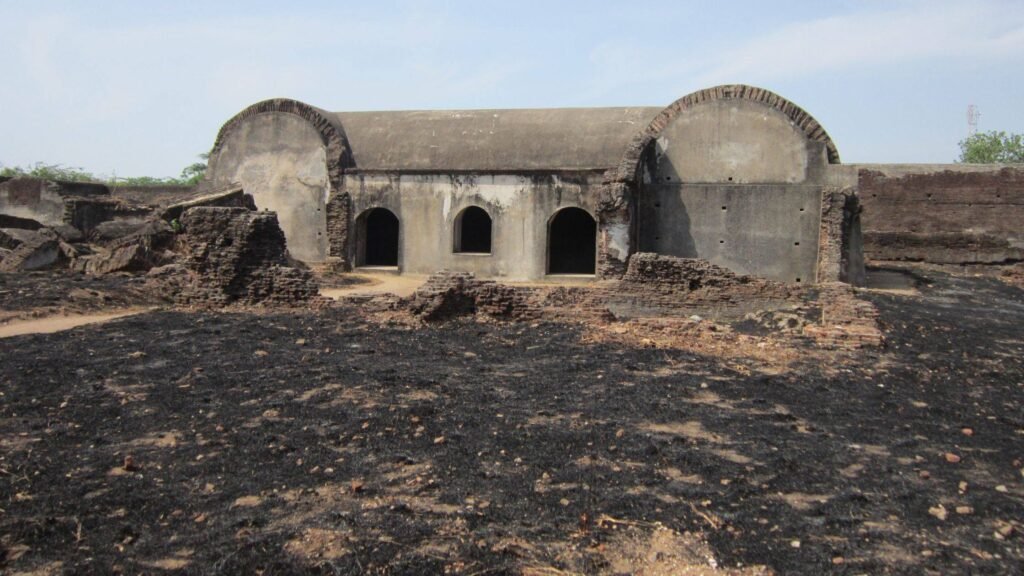
The American Revolutionary War, fought between 1775 and 1783, saw the British and the French on opposite sides. Since your enemy’s friend is your enemy, the British declared war on the Dutch as well, because they refused to stop trading with the French. Using the same excuse, the British East India Company went on to capture French and Dutch outposts on the Coromandel Coast. The French navy was sent post haste to sort things out. As a result, on 17 February, 1782, the Battle of Sadras was fought. The British and French fleets met in the sea before Sadras Fort to fight a battle that lasted for three hours. No one won. But the British had taken the bigger beating and returned to Madras empty-handed. Sadras Fort, however, was not forgotten. Finally, in 1818, the British raided the fort and destroyed it.
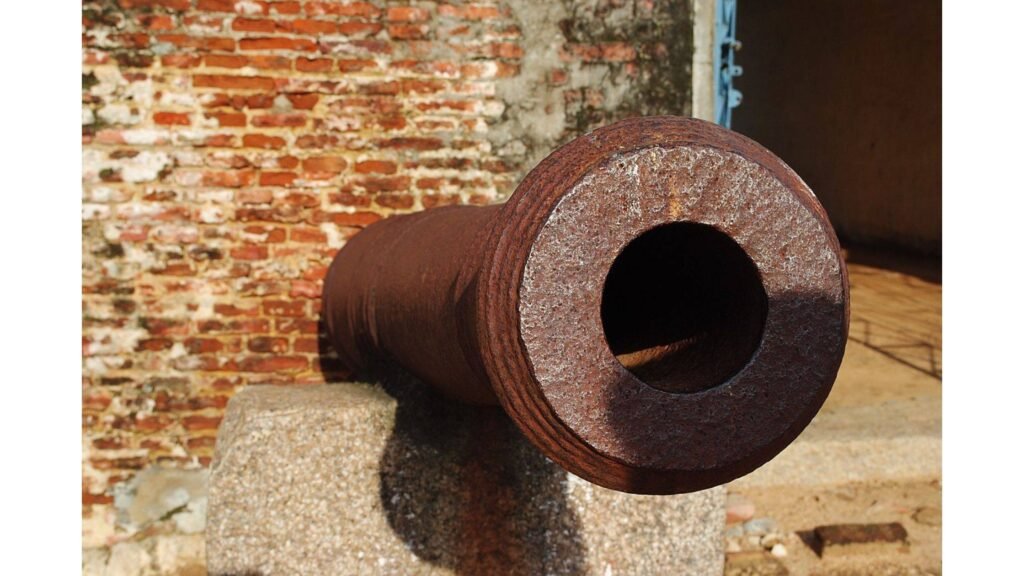
Detour: How did the mighty Dutch lose out in India? Read this story about the battle of Colachel that turned the tide against them.
What remains of Sadras Fort today are its ruins. Broken, chipped structures of elephant mounts, grand dining halls, cannons and granaries lie scattered in the compound, buried deeper everyday under the sand that blows in from the beach. The fort is an ASI (Archaeological Society of India) protected monument, but is not on the regular tourist map. What has survived best is the Dutch Cemetery with beautifully engraved Dutch graves of men and women buried here, far from home. Local legends talk ominously of the ghost of a noisy Dutchman lurking inside a fort well. Occasionally, it attracts Dutch visitors trying to understand their past.
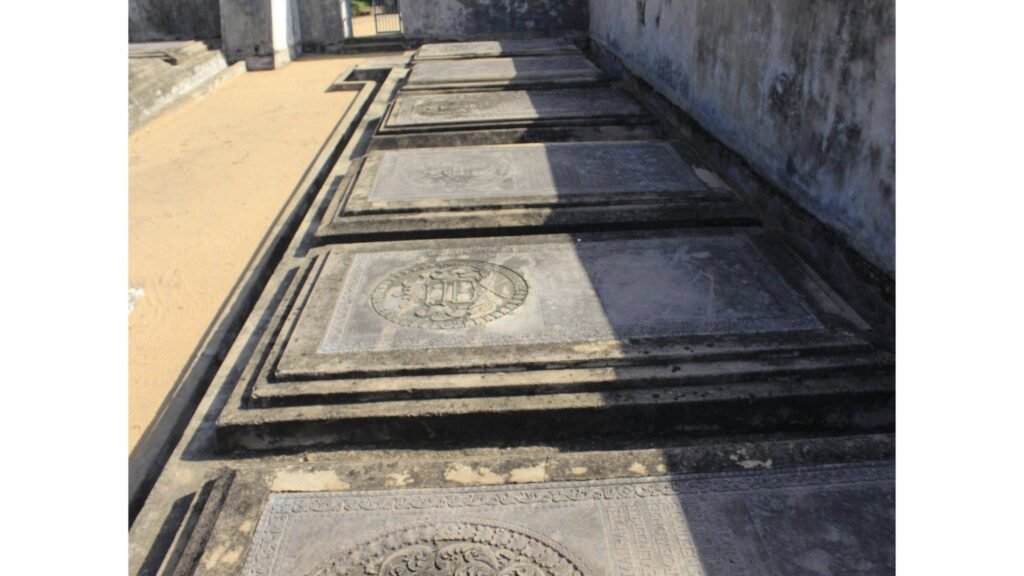
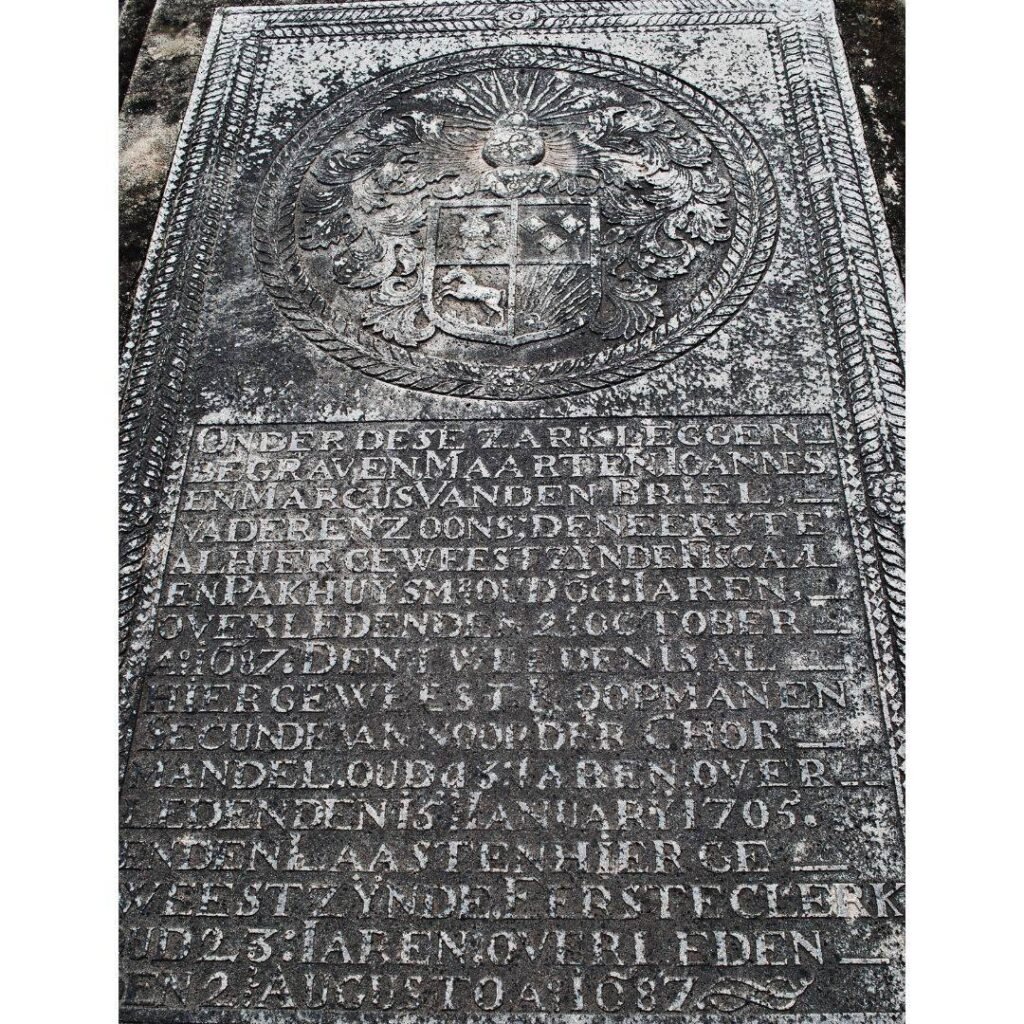
Imagine the place as it must have been 400 years ago. A bustling, well-manned fort, overlooking a bay crisscrossed with ships traveling across the world, carrying muslin from Sadras. Today, Sadras is characterised by a tiny, obscure fishing community and a beach lined with brightly painted fishing boats. It is truly a piece of history hidden in plain sight.

